Digital Engineering in Railway Infrastructure: Best Practices and Global Examples
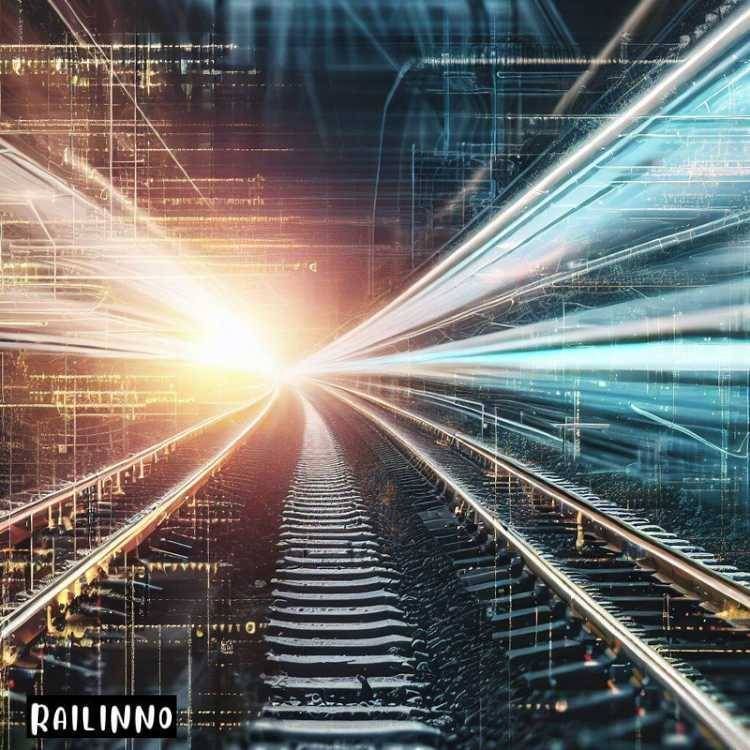
Digital engineering in Rail is a transformational opportunity for the rail industry. It involves the use of digital technologies and processes to improve the design, delivery and operation of rail infrastructure projects. Some of the benefits of digital engineering for rail include:
- Driverless trains that can increase safety, efficiency and capacity
- Real-time operations centers that can monitor and optimize rail performance
- Fully automated planning and scheduling that can reduce costs and delays
- Augmented and virtual reality that can enhance operation and maintenance regimes
- Improved asset knowledge and management that can extend the life cycle of rail assets
If you want to learn more about digital engineering for rail, you can watch this video or read this article.
Digital Engineering in Rail

Digital engineering (DE) is an emerging approach to designing and delivering rail infrastructure projects that leverages advanced digital technologies to improve efficiency, reduce costs, and enhance safety.
This literature review synthesizes the current state of knowledge on DE in rail, drawing from a range of academic and industry sources. The review covers topics such as the history and evolution of DE in rail, the role of standards and guidelines, case studies of DE in action, and future directions and challenges. Overall, the review finds that DE is increasingly becoming a best practice in rail infrastructure delivery, with benefits ranging from improved design and construction coordination to more effective asset management and maintenance. However, there are also challenges associated with adopting DE, including the need for cultural change, the cost of implementing new technologies and processes, and the potential for data privacy and security issues.
The review concludes with recommendations for future research and practice in DE in rail, including the need for more empirical studies of DE’s impact on project outcomes, and the importance of stakeholder engagement and collaboration in driving successful DE adoption.
Literature review about digital engineering in rail:
- “The role of digital engineering in the rail industry” by David Waboso and Andrew McNaughton (2017). This paper provides an overview of digital engineering and its potential applications in the rail industry.
- “Building information modelling in rail engineering projects: a state-of-the-art review” by Xiaolong Kong et al. (2019). This paper reviews the current state of the art in the application of building information modelling (BIM) to rail engineering projects.
- “Digital Engineering for the Rail Industry: Opportunities and Challenges” by Francesca Medda and Joseph Giacomin (2019). This paper explores the opportunities and challenges of digital engineering in the rail industry, including the potential benefits and barriers to implementation.
- “Application of digital twin technology in railway industry: A review” by Ming Chen et al. (2021). This paper provides a comprehensive review of digital twin technology and its application in the railway industry.
- “Digital transformation in railway industry: A review” by Praveen Kumar et al. (2021). This paper reviews the current state of digital transformation in the railway industry, including the use of digital engineering and other emerging technologies.
- “Digital engineering in rail infrastructure projects: A systematic review of the literature” by Syed Waqar Haider and Zeyad Ramadan (2021). This paper provides a systematic review of the literature on digital engineering in rail infrastructure projects, including the benefits, challenges, and future prospects of the technology.
Digital Engineering (DE) is becoming an essential aspect of railway infrastructure projects worldwide. The AS 7739 series, based on international standards and leading digital initiatives, provides guidance, requirements, and recommendations for using DE in the planning, design, and construction of rail infrastructure projects in Australia and New Zealand.
The AS 7739 series consists of two parts: Part 1, which covers concepts and principles, and Part 2, which details technical requirements. The series aims to provide nationally consistent high-level advice, informed guidance, and managerial processes, as well as detailed technical solutions and data specifications.
ISO 19650 is a suite of International Standards that provides guidance on the use of building information modeling (BIM) to improve information management over the lifecycle of buildings and civil works. In the context of the ANZ rail industry, these standards are now commonly regarded as global best practice for project and asset management.
ISO 19650 Part 1 provides a three-stage maturity model that denotes progress from analogue and digital information management. Stage 2 maturity is considered BIM according to the ISO 19650 series. Stage 3 offers a range of new digital capabilities such as the introduction of big data, object-based server information models, and new digital standards that enable further levels of process automation.
Leading ANZ transport organizations have commenced programs of innovation, trialling emerging technologies and building more advanced data management capabilities. The ANZ rail industry is progressing rapidly, with digital standardization that extends beyond the current stage 2 maturity of the ISO 19650 series.
Artificial intelligence (AI) has the potential to greatly enhance digital engineering practices in the rail industry. AI can optimize processes, improve accuracy, and reduce costs. AI can be used to automate tasks such as quality control and risk assessment, freeing up time for engineers to focus on more complex tasks. Additionally, AI can analyze large amounts of data and provide insights that would be difficult for humans to identify.
Here are some examples of digital engineering being used in railway infrastructure projects around the world:
- United Kingdom: The High Speed 2 (HS2) project is using 3D models and virtual reality simulations to optimize the design and identify potential issues before construction begins.
- Japan: The East Japan Railway Company (JR East) has implemented a digital twin system for its train maintenance operations. The system uses sensors and data analytics to monitor the condition of trains in real-time, allowing maintenance teams to identify and address issues before they become major problems.
- United States: The California High-Speed Rail Authority is using BIM to create a detailed 3D model of the rail line, which helps to optimize construction and reduce costs.
- China: The Beijing-Shanghai high-speed railway was built using digital engineering techniques, including the use of BIM and virtual reality simulations.
- France: The Grand Paris Express project is using 3D modeling and simulation tools to optimize the design and construction process.
In conclusion, digital engineering is becoming increasingly important in railway infrastructure projects around the world, as it can help to reduce costs, improve efficiency, and enhance safety.
Share the Post:
Related Posts
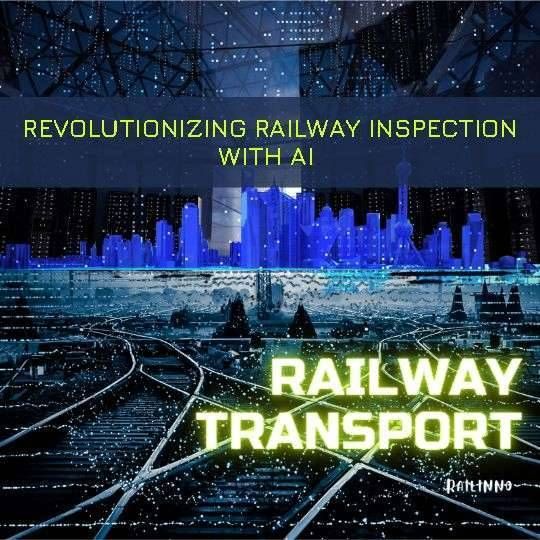
More Articles
Categories
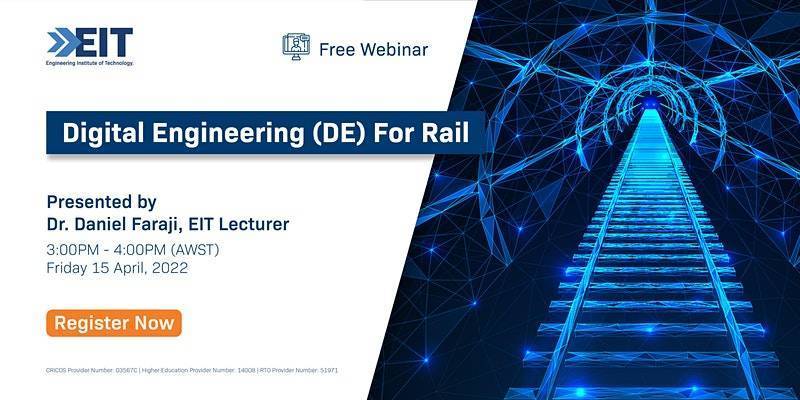



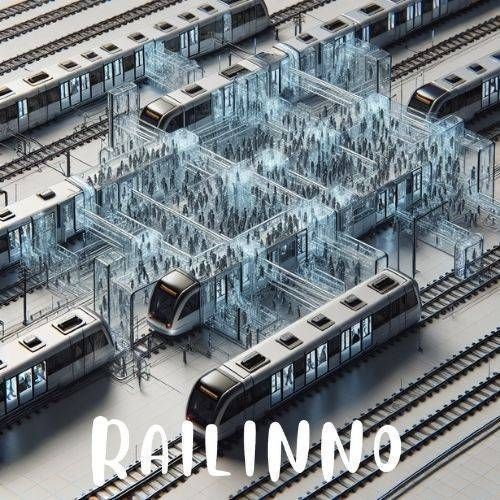


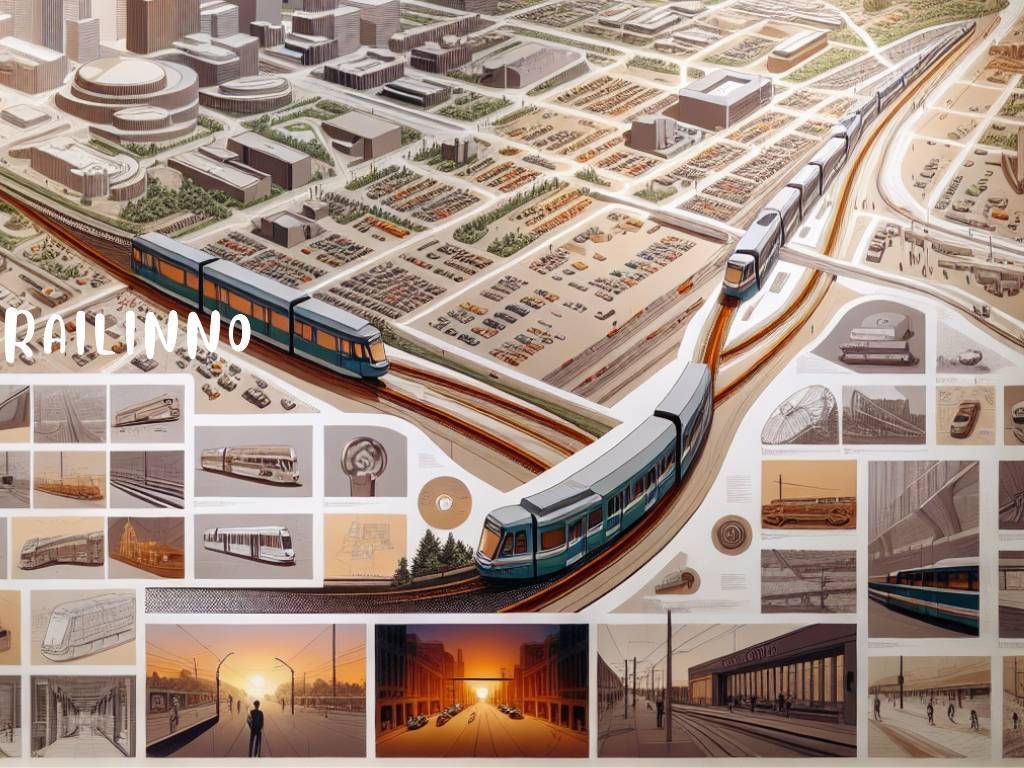
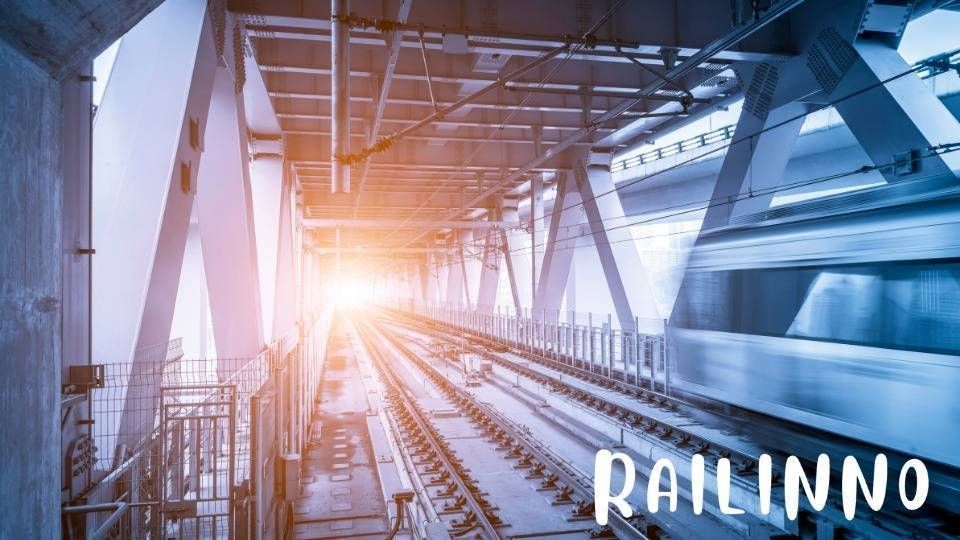


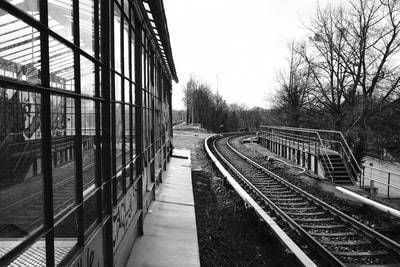
Leave a Reply